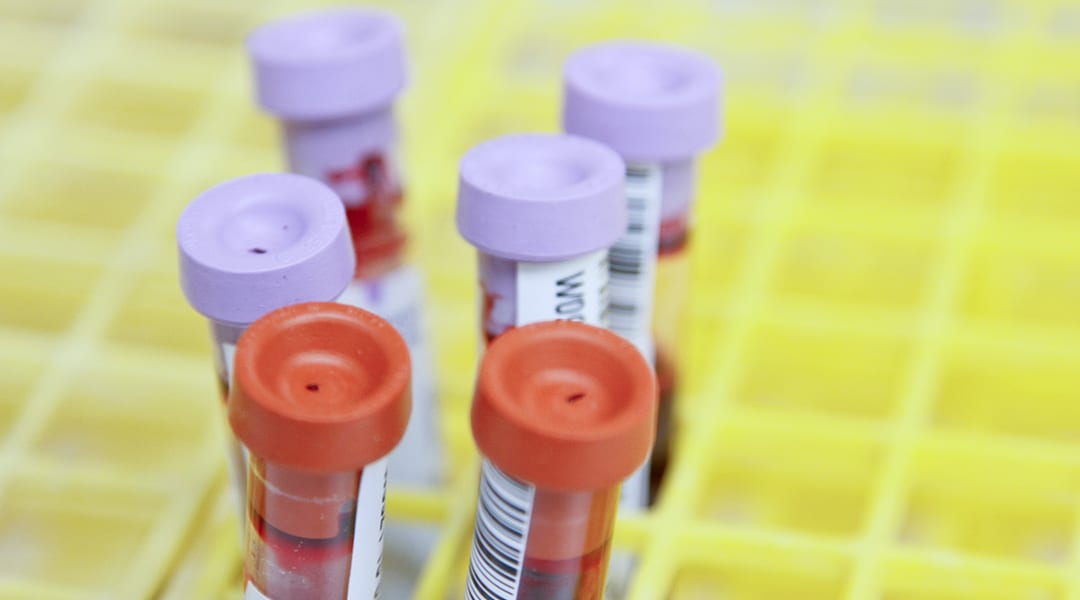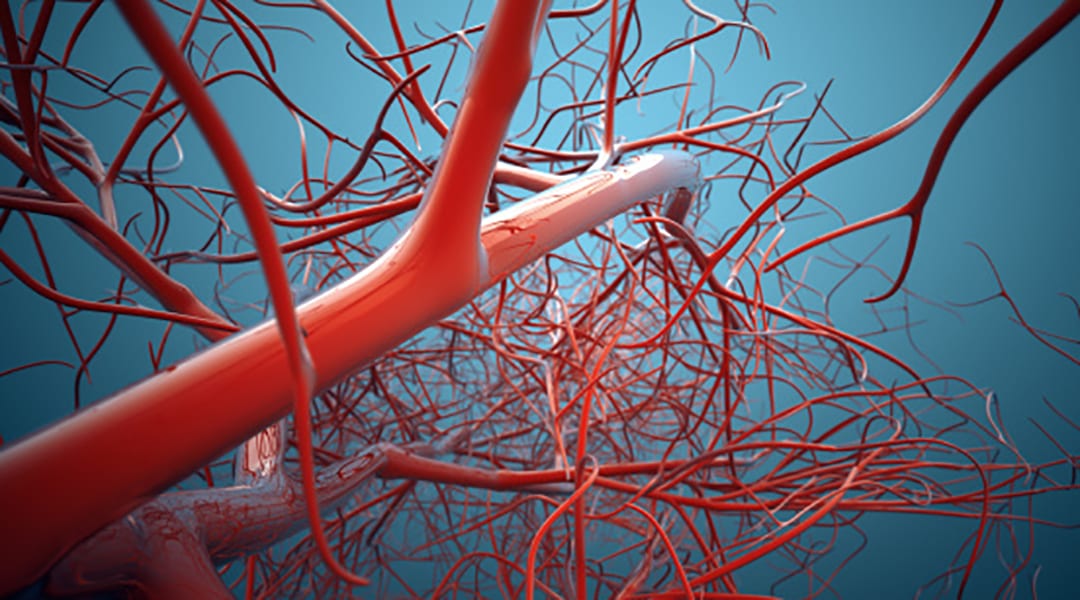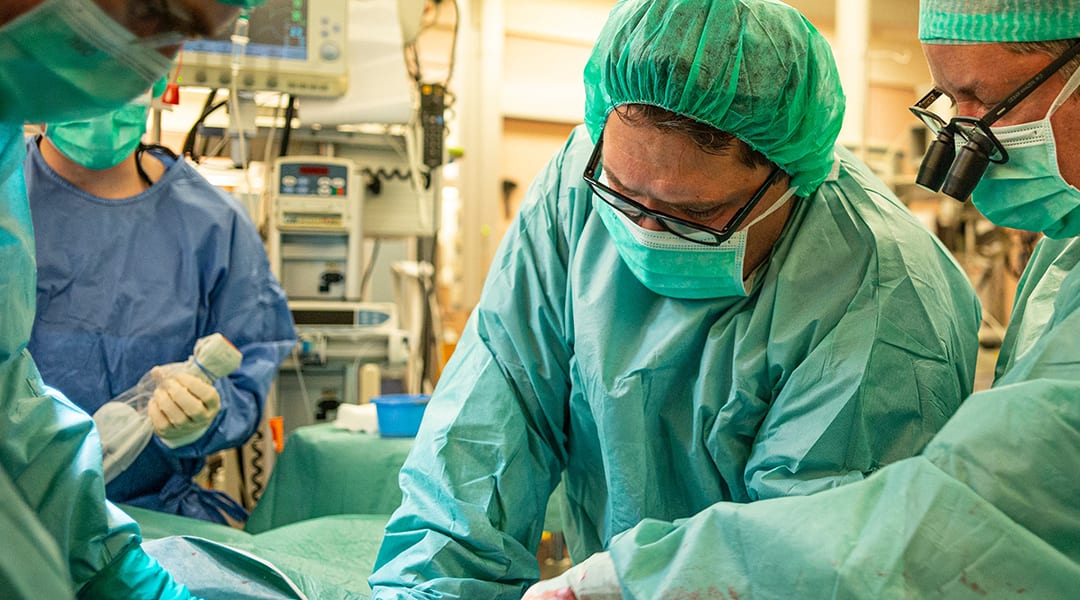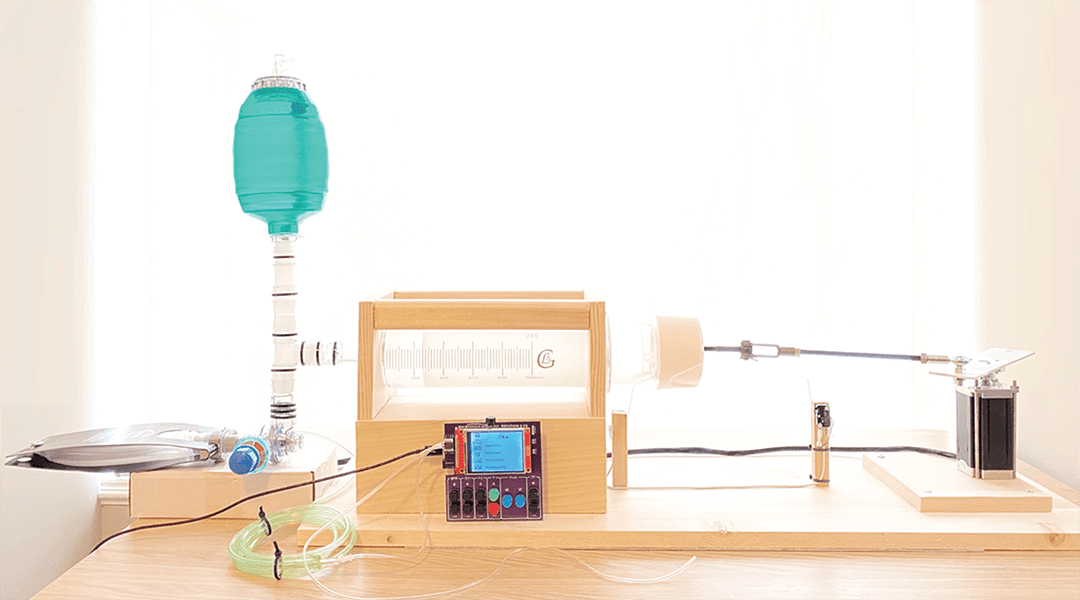Researchers successfully grow 3D brain tissue on fully-integrated microchips for neural biosensing applications.


Researchers successfully grow 3D brain tissue on fully-integrated microchips for neural biosensing applications.

Scientists uncover how a sensor protein activates our immune system against the common cold. The findings may lead to more effective treatments of flu-like symptoms.

Developments in pathogen-detecting materials could provide an easy means of detecting viruses within public places.

A sensitive blood test for the early diagnosis of Alzheimer’s disease could be possible with nanoparticle arrays.

Blood pooling in venous valves is a key risk factor in deep vein thrombosis. A new model is used to better understand how this occurs.

The FRESH-technique for 3D printing heart models could be a game changer for budding surgeons.

Stem cells found in the lungs can be redirected to the heart using a new inhaled antibody therapy to help boost healing following a heart attack.

The procurement and maintenance of high‐end ventilators limits their use in emergency situations. By removing the “frills”, researchers create a viable alternative.

In a survey of biomaterials articles that included cell culture experiments, only 3.7% of studies reported the sex of the cells.

Recent advanced in nanoparticle-based SERS imaging has led to better diagnoses of diseases like cancer, and improvements in image-guided tumor surgeries.